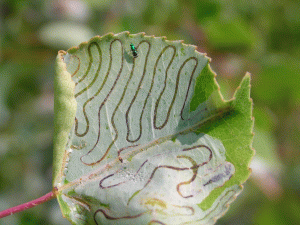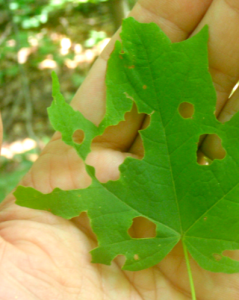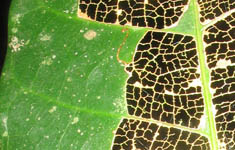Ecology week I – Leaf Herbivory and Fungal Occurrence on Trees – Fall 2022
The In-Person and Make Up Module materials are the same this week. There is no Make Up Module webpage.
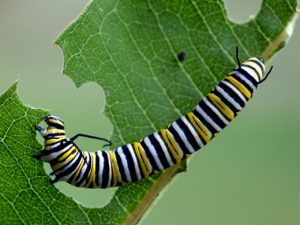
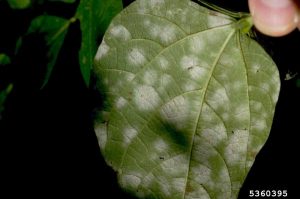
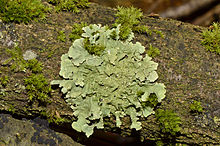
- From the Pre-Lab webpage, you should have made observations and collected data and pictures from 2 Trees data using the following Fall/Summer Data Collection Handout and submitted in Moodle before the start of lab.
- Each student should bring their data from 2 trees and 10 leaves on each tree using the Methods outlines on the main Leaf Herbivory Pre-Lab Webpage using the provided Fall/Summer Data Collection Handout for Fall/Summer semesters. (see above).
- Groups will work to compile their data from all 8 trees sampled (if the group is made up of 4 students). What trends can the group discern? The data can be compiled and presented in many ways. Here are a few ways you might consider your group’s data. Your TA will provide further guidance on this.
- Compile the data (tables) on leaf surface area and area lost to herbivory and fungi (if seen).
- Compile the data (images and observations) on types of herbivory and fungal incidences.
- Combine your group data and determine how to represent this in graphing format. Can the data be combined, averaged or summarized for presentation? How?
- Do you see similar/different patterns in herbivory and/or fungal infections between different tree species?
- Does the origin of the tree species (native vs. non-native) make a difference in the amount or types of herbivory or fungal damage? Why might this be a factor? What implications might this have on local insects or other wildlife? or landscape management?
- Is herbivory always bad for plants? Why or why not?
- How would you best represent these data? You may need a combination of table(s) and/or graph(s) to represent all of the data and/or data summaries (Refer to Appendix E in your lab manual to help you, and see the LabWrite Graphing Resources.
- Make sure to insert your tables, graphs, and/or any other images into your group Google doc/Google Sheet for presenting to the class. Images should be saved as jpgs or pdfs.
- Be prepared to present your group findings and inferences to all of your lab peers by the end of the activity.
- You may want to save the finished group work as a PDF before uploading your completed group data representations and inferences in Moodle for the Unit 4.1 In-Lab Group Assignment before leaving lab.
Written Scientific Communication
Students will be writing an Ecology Lab Report on one of the Ecology labs (Units 4.1 or 4.2). During these 2 Ecology Lab weeks, we will review the importance of good scientific writing skills and provide resources to aid in your success in writing for this class and your other science classes.
In-Lab Activity: we will provide a paper handout for each student to complete in lab.
- Lab reports vs. journal articles/primary literature – Why are they important? How are they alike? How different?
Sample Scientific Journal Article – Bed Bug Article
Sample Lab Report – Nutrients in Various Foods
- Linking Scientific Method to the Format and Order of Scientific Writing (Lab Reports/Journal Articles)
- Sample papers – primary or secondary – see links papers below if time.
- There is no Post-Lab assignment to turn in this week, but you should start working on your next Pre-Lab.
From Oct. 5, 2016 NCSU Bulletin – Urban Warming Slows Tree Growth, Photosynthesis – mentions increased insect pests are part of the problem.
Sample Scientific Papers – Primary vs. Secondary Literature
| Sample 1 -Mice(opens in new window) | Sample 2 -Rhinos(opens in new window) | Sample 3 -Iguana(opens in new window) | Sample 4 -Ecosystem(opens in new window) | Sample 5 -Parasites(opens in new window) |
Writing Lab Reports – Use when writing the Ecology Lab Report – Lab Units 4.1 and 4.2
This will be discussed further in lab next week (Lab 4.2).
- Inside-Out-Approach to writing lab reports
- LabWrite Home
- Guide to Analyzing Sections of a Lab Report
- Sample Lab Reports –look at formatting AND how references are used and cited.
- PPT that shows common mistakes with plagiarism
- PowerPoint from a Workshop on Writing Lab Reports
- (PPT tells you the basics, but also addresses common mistakes and questions from past students.)
- Writing tips for Scientific Writing (Active/Passive Voice, Wordiness, References, Pronouns, Tense Issues, Syntax)
- View a Sample Scientific Journal Article – Honey Bee Article
Finding and Citing References in your Lab Report
- Check out the Resources page on the main Lab homepage to help with writing in-text citations and full references.
- 8th Edition CSE Scientific Style and Format Citation Quick Guide
Additional help outside of the Biology Department and your TA
